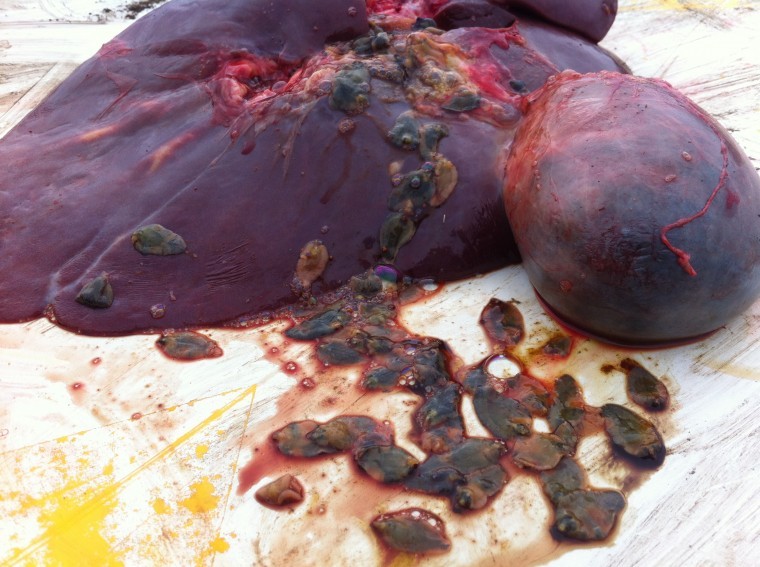Last month I was invited by the Farming and Wildlife Advisory Group (FWAG) South East to speak to the Pevensey Level farmers about control of liver fluke writes Nick Pile, director of Cliffe Veterinary Group. We had a well-attended meeting and enjoyed some delicious food and beer put on by the Lamb Inn at Wartling.
In the course of my researching the subject, it reaffirmed to me how complicated liver fluke control is. It is clear that a thorough understanding of the biology of both the liver fluke, Fasciola hepatica, and mud snails is necessary to be able to offer advice on management and control of disease. The mud snail is the intermediate host, the presence of which is necessary for the fluke life cycle to perpetuate and produce cysts which allow stock to become infected.
We discussed the particular environmental and climatic control points which influence development of both snails and the various stages of development of liver fluke and how seasonal variations influence infectivity of pasture. There is a local fluke forecast which can be found on the NADIS website –
www.nadis.org.uk.
Another area of discussion was the subject of flukicides, and fluke drench resistance. There is a myriad of different products available for treatment of liver fluke, although not all products treat fluke at all stages, i.e. immature vs adult fluke. It is important to understand what and when you are treating, and to avoid using products which will be ineffective or unnecessary. In particular combined fluke and worm products should only be used when you actually require treatment for both conditions, for example post housing.
Throughout the autumn I carried out a lot of fluke screening, in particular in organic beef herds. In these herds, the long withholds associated with some products make treatment of finishing cattle difficult, especially those close to slaughter. I found that there was a much lower incidence of fluke following what was a very cold winter and very dry summer in 2018. However, there were some farms where despite the unfavourable fluke conditions last year, there was still clinical disease, and high rates of exposure to fluke on screening.
Untreated or poorly managed liver fluke will have severe knock on effects for scanning percentage in ewes and finishing ability in lambs and cattle. It is important to maximise the benefits of treatment by treating at the correct time with the correct product. This should be documented in your flock and herd health plan, however there should be an ongoing discussion with you and your vet due to annual variations in fluke infectivity, as no two years are necessarily the same!




